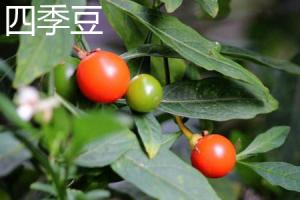What Plum Trees to Plant in New England
New England is an area with a diverse climate, which can make it challenging to determine the best types of plum trees to plant. However, there are several varieties that are well-suited to the region and its weather patterns. In this article, we'll take a closer look at these options and discuss why each one is a good choice for New England.
American Plum Trees (Prunus Americana)
The American plum tree is a native species that has adapted well to the New England climate. It can withstand the area's cold winters and hot summers and is also resistant to many diseases and pests. This tree typically grows to a height of 20 to 25 feet and produces small, but very flavorful, red or yellow plums that are ideal for making jams and jellies.
Japanese Plum Trees (Prunus Salicina)
Japanese plum trees are another good choice for New England, particularly in areas where the climate is slightly milder. These trees tend to be smaller than American plum trees, reaching heights of around 10 to 20 feet. They produce larger fruits that are often eaten fresh rather than used for cooking. Japanese plums come in a range of colors, including yellow, red, and purple, and have a sweet, juicy flavor that is popular with many people.
European Plum Trees (Prunus Domestica)
European plum trees are a good option for those who live in the southern parts of New England, where the climate is warmer. These trees tend to be larger than other types of plum trees, reaching heights of 20 to 30 feet, and produce fruits that are larger than those of American or Japanese plums. They come in many different colors, including blue, purple, and green, and are often used for making dried fruits or preserves.
Hybrid Plum Trees
If you're looking for a tree that combines the best characteristics of several different varieties, a hybrid plum tree may be the answer. These trees are produced by crossbreeding two or more types of plum trees, and as a result, they offer a unique set of traits. Hybrid plum trees can be found in a range of sizes and colors, and often produce fruits that are larger and more flavorful than those of their parent trees. Some popular hybrid varieties include the Satsuma, Santa Rosa, and Methley plum trees.
Conclusion
If you're considering planting a plum tree in New England, there are many great options to choose from. Whether you're looking for a tree that can withstand cold winters, produce large fruits, or offer a unique set of characteristics, there's sure to be a variety that meets your needs. By selecting the right plum tree for your area, you can enjoy delicious fruits and beautiful foliage for years to come.

 how many times do yo...
how many times do yo... how many planted tre...
how many planted tre... how many pine trees ...
how many pine trees ... how many pecan trees...
how many pecan trees... how many plants comp...
how many plants comp... how many plants can ...
how many plants can ... how many plants and ...
how many plants and ... how many pepper plan...
how many pepper plan...































